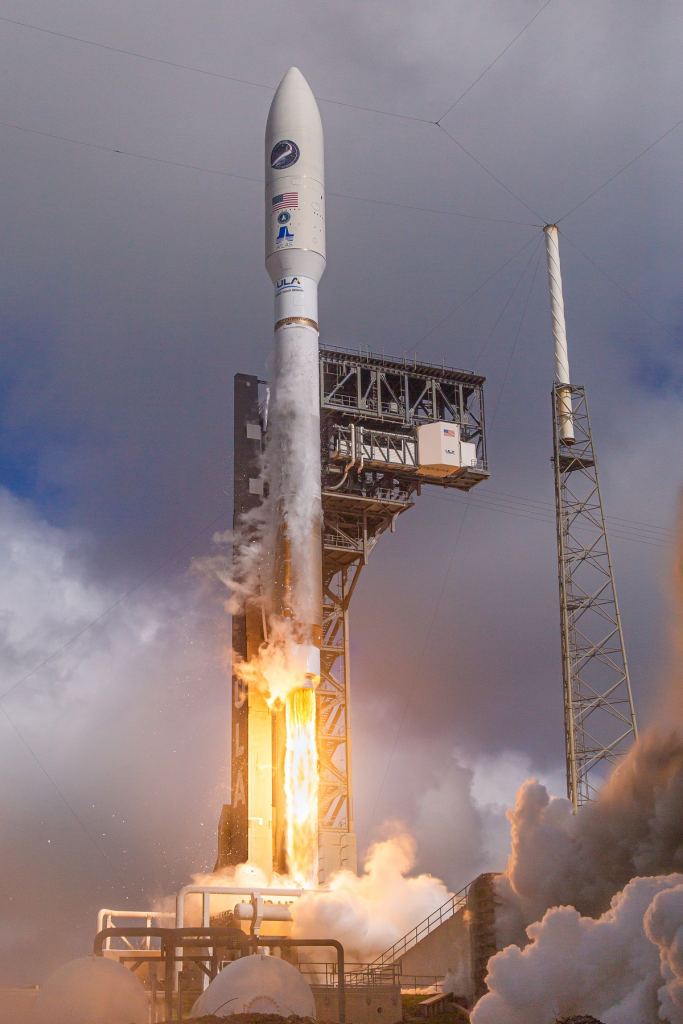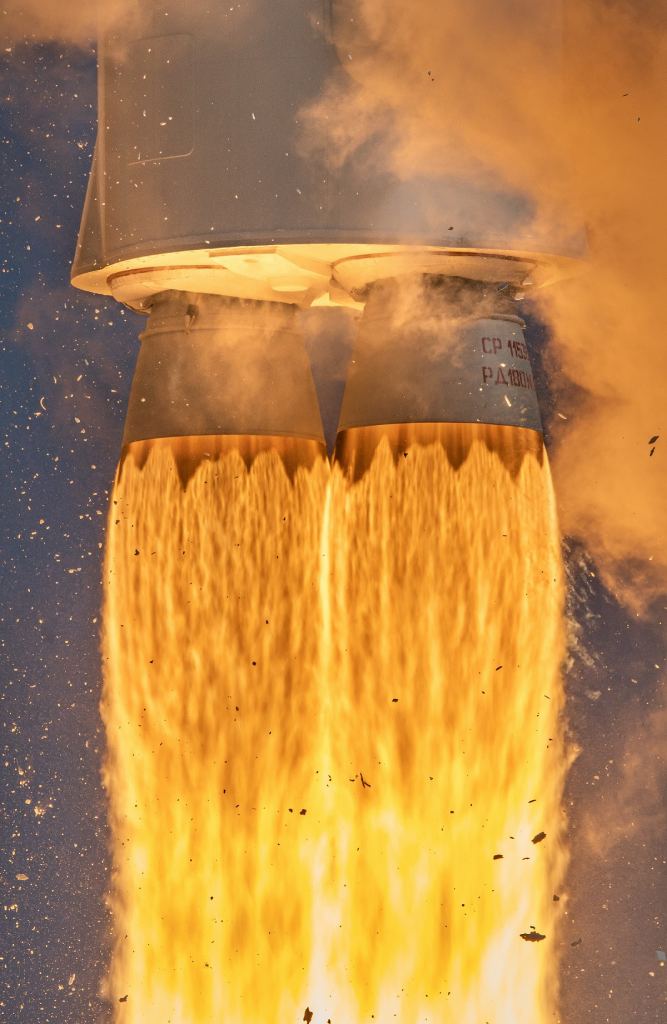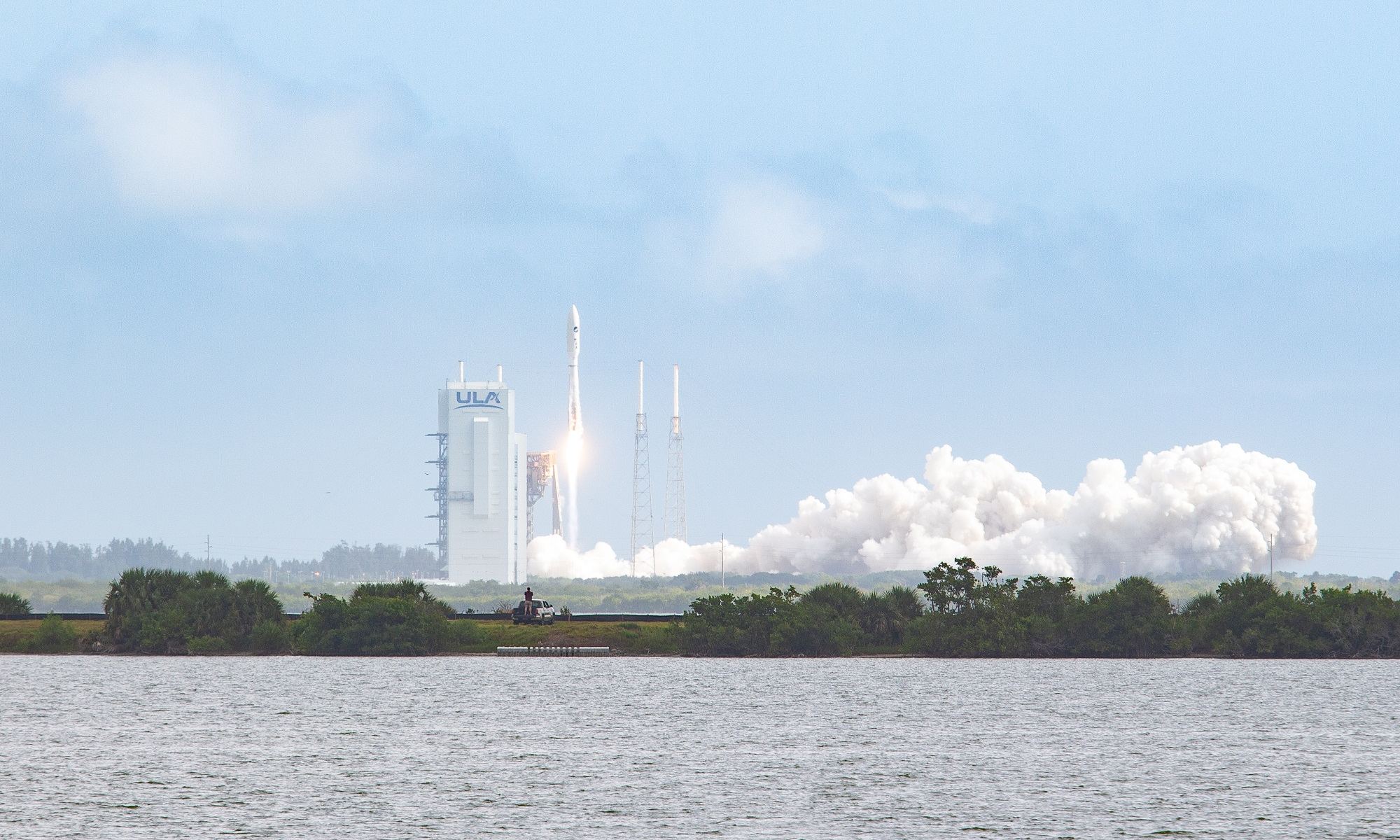On Sunday, May 17th, at 09:14 a.m. EDT (06:14 a.m. PDT), a United Launch Alliance Atlas V rocket blasted off from Space Launch Complex-41 at Cape Canaveral Air Force Station, Florida. The payload for this mission (USSF-7) was none other than the super-secret X-37B Orbital Test Vehicle (OTV), which is flying to space for the sixth time (OTV-6) as part of a US Air Force (USAF) and US Space Force (USSF) joint-operation.
According to a previous statement made by the USSF, the purpose of this mission is to test a number of experiments provided by NASA, the USAF, and the US Naval Research Lab. This included two NASA experiments designed to study the effects of radiation and microgravity on various materials (including a sample of seeds) and a US Naval Research Lab space-based solar power experiment.

Another important payload was the FalconSat-8, a small satellite provided by Boeing and the U.S. Air Force Academy – and sponsored by the Air Force Research Laboratory (AFRL). This educational platform carries five experimental payloads that will be operated by cadets from the Academy, who were also responsible for building it.
As Gary Wentz, ULA vice president of Government and Commercial Programs, said in a ULA statement:
“The success of this mission resulted from collaboration with our customer while working through challenging, and ever changing, health and safety conditions. We were honored to partner with the U.S. Space Force to dedicate this mission to first responders, front-line workers, and those affected by COVID-19. It is truly a unique time in our history and I want to thank the entire team for their continued dedication and focus on mission success.”
The Secretary of the Air Force, Barbara Barrett, took to Twitter at 06:36 AM PDT (about 20 minutes after launch) to congratulate all the parties involved – which included the Space Force, the Dept. of Defense (DoD), the US Air Force Space Command (AFSC), the 45th Space Wing, and ULA Launch. “We have lift off!” she tweeted. “A prime example of government-industry partnerships enhancing National Security Space #spacereadiness“

A few hours later, General Jay Raymond – the Chief of Space Operations for the US Space Force and the Commander of the US Space Command – expressed similar sentiments via Twitter and similar congratulated those who made it happen: “Mission Accomplished! …Today’s Atlas V and launch is a perfect example of why America continues to be THE leader in space.”
This launch constituted a number of milestones for those involved. For starters, this was the 84th successful launch of an Atlas V rocket, the 139th launch for ULA, the second launch of a USSF mission, and the sixth flight of the X-37B. Universe Today’s own Alex Brock was on site to capture the event in the stunning photographs you see above!
The next ULA launch will take place on July 17th, once again from Launch Complex-41 in Cape Canaveral Air Force Station, Florida. This launch will send NASA’s Mars 2020 mission (which will carry the Perseverance rover) to space to begin its six-month journey towards Mars – the mission will arrive on February 18th, 2021. The rover recently underwent vacuum chamber testing in preparation for launch, which you can read about here.
That launch was also shared with the public by Boeing who did a livestream broadcast of the event (video below), which the ULA is a subsidiary of. You can also check out the video highlights of the launch at ULA’s Youtube channel.
Further Reading: ULA

